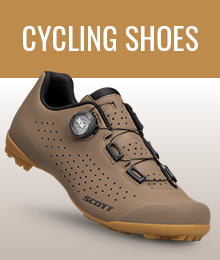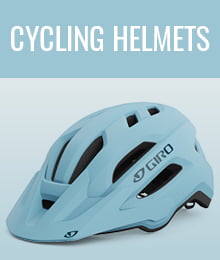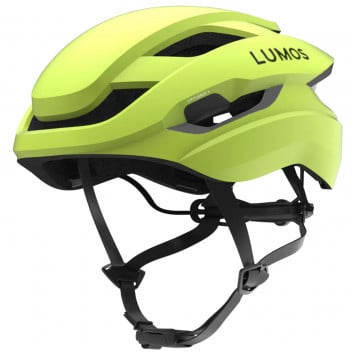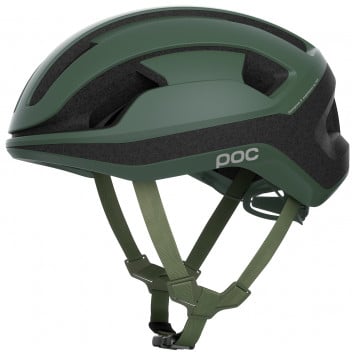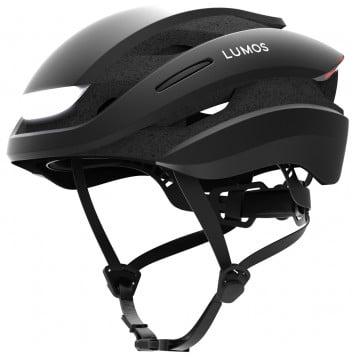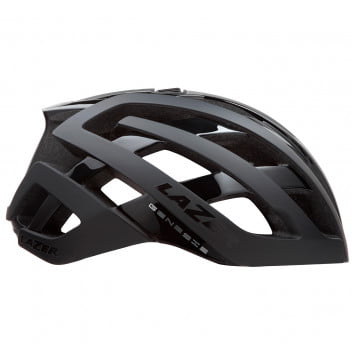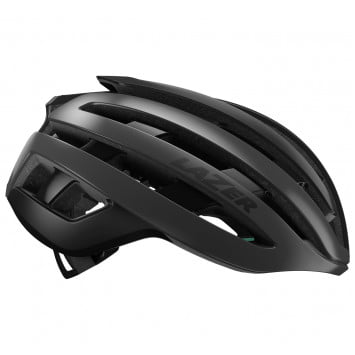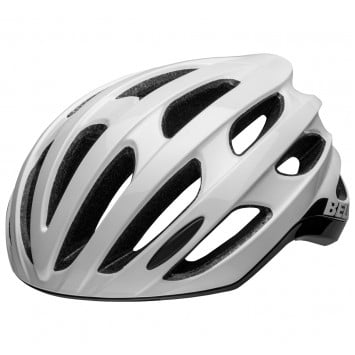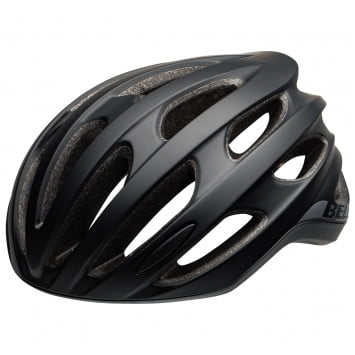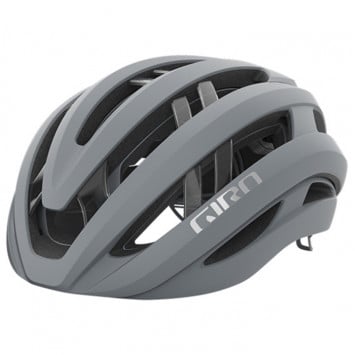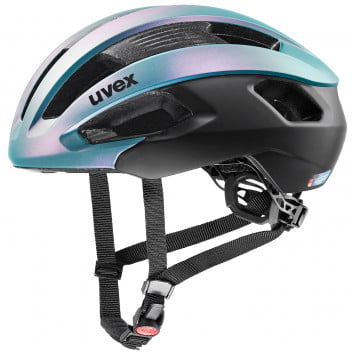Cycling Helmets - Safety First
Ready for shipping
Ready for shipping
Ready for shipping
Ready for shipping
Ready for shipping
Ready for shipping
Ready for shipping

Products made in Europe score high with their high quality and short delivery routes which save CO2. Working conditions are subject to strict regulations protecting people. And a whole range of regulations preventing hazardous materials protects both people and the environment.


Products made in Europe score high with their high quality and short delivery routes which save CO2. Working conditions are subject to strict regulations protecting people. And a whole range of regulations preventing hazardous materials protects both people and the environment.


Products made in Europe score high with their high quality and short delivery routes which save CO2. Working conditions are subject to strict regulations protecting people. And a whole range of regulations preventing hazardous materials protects both people and the environment.


Products made in Europe score high with their high quality and short delivery routes which save CO2. Working conditions are subject to strict regulations protecting people. And a whole range of regulations preventing hazardous materials protects both people and the environment.


Products made in Europe score high with their high quality and short delivery routes which save CO2. Working conditions are subject to strict regulations protecting people. And a whole range of regulations preventing hazardous materials protects both people and the environment.


Products made in Europe score high with their high quality and short delivery routes which save CO2. Working conditions are subject to strict regulations protecting people. And a whole range of regulations preventing hazardous materials protects both people and the environment.


Products made in Europe score high with their high quality and short delivery routes which save CO2. Working conditions are subject to strict regulations protecting people. And a whole range of regulations preventing hazardous materials protects both people and the environment.


Products made in Europe score high with their high quality and short delivery routes which save CO2. Working conditions are subject to strict regulations protecting people. And a whole range of regulations preventing hazardous materials protects both people and the environment.


Products made in Europe score high with their high quality and short delivery routes which save CO2. Working conditions are subject to strict regulations protecting people. And a whole range of regulations preventing hazardous materials protects both people and the environment.


Products made in Europe score high with their high quality and short delivery routes which save CO2. Working conditions are subject to strict regulations protecting people. And a whole range of regulations preventing hazardous materials protects both people and the environment.


Products made in Europe score high with their high quality and short delivery routes which save CO2. Working conditions are subject to strict regulations protecting people. And a whole range of regulations preventing hazardous materials protects both people and the environment.


Products made in Europe score high with their high quality and short delivery routes which save CO2. Working conditions are subject to strict regulations protecting people. And a whole range of regulations preventing hazardous materials protects both people and the environment.


Products made in Europe score high with their high quality and short delivery routes which save CO2. Working conditions are subject to strict regulations protecting people. And a whole range of regulations preventing hazardous materials protects both people and the environment.


Products made in Europe score high with their high quality and short delivery routes which save CO2. Working conditions are subject to strict regulations protecting people. And a whole range of regulations preventing hazardous materials protects both people and the environment.











